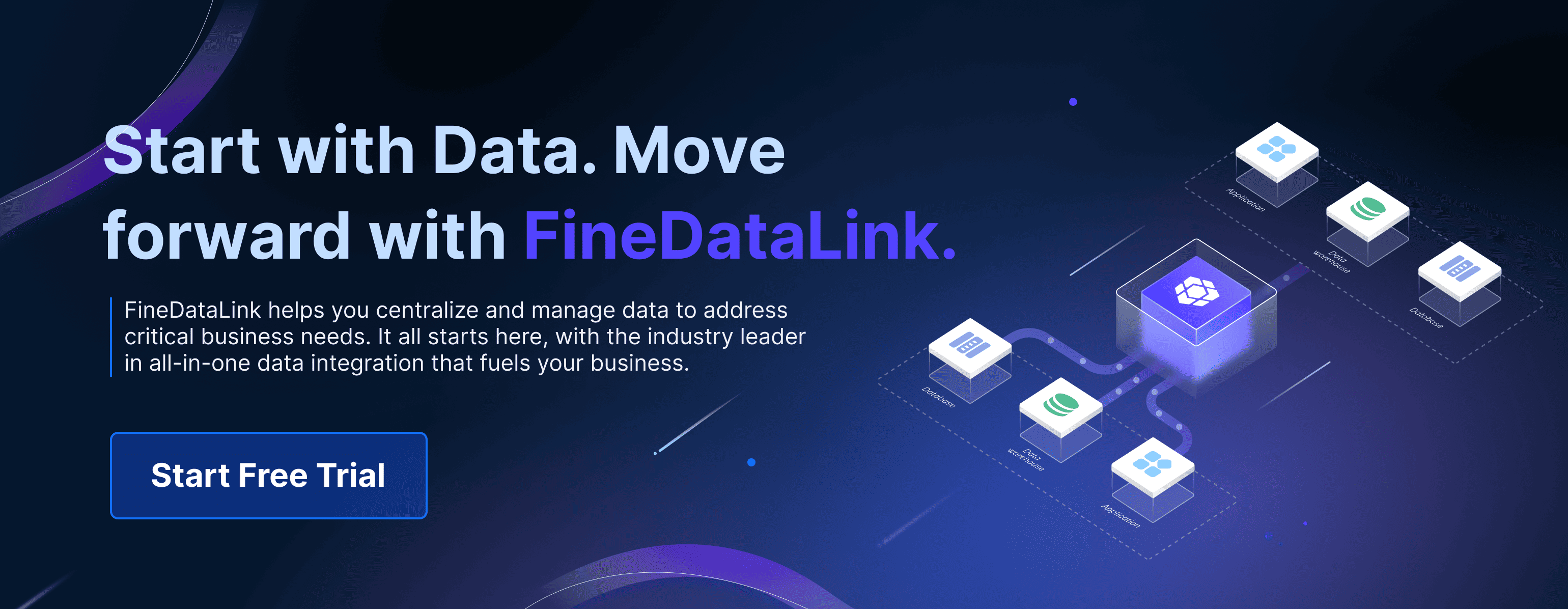Seamless integration transforms how you connect different systems or components. It allows them to function as a unified system without noticeable transitions or disruptions. Imagine your software applications working together harmoniously, enhancing efficiency and productivity. This integration ensures that changes occur smoothly, avoiding errors or complications. FineDataLink and FineBI exemplify this by providing platforms that facilitate seamless integration, enabling real-time data synchronization and advanced analytics. You experience a streamlined operation where data flows effortlessly, supporting informed decision-making and strategic growth.
The Meaning of Seamless Integration
Defining Seamless Integration
Seamless integration is the process of connecting disparate systems or components to function harmoniously as a unified entity. This approach creates an experience where transitions between components are smooth and unobtrusive, allowing users to navigate effortlessly through the system. Effective seamless integration ensures that your software applications communicate efficiently, thereby enhancing overall functionality. By implementing this integration, you can eliminate disruptions and errors, leading to a more streamlined workflow. Imagine a scenario where your data flows effortlessly between systems, seamlessly supporting your operations without any interruptions.
Importance of Seamless Integration in Modern Systems
In today’s fast-paced business environment, seamless integration is paramount. Organizations rely on a variety of software applications to manage diverse aspects of their operations. When these systems function in isolation, they create inefficiencies and data silos that hinder productivity. By achieving seamless integration, you facilitate the sharing of information across platforms, which significantly improves decision-making and operational efficiency. Furthermore, this integration enhances customer experiences by ensuring access to consistent and accurate data. As technology continues to evolve, the significance of seamless integration only intensifies, making it an essential element of any effective business strategy.
Benefits of Seamless Integration
Improved Efficiency
Seamless integration greatly enhances operational efficiency by connecting disparate systems and eliminating the need for manual data entry. This integration not only reduces the likelihood of errors but also saves valuable time, allowing your team to focus on more critical tasks. With systems that communicate effectively, data delivery can improve by up to 400%, resulting in faster access to vital information for timely decision-making. Consequently, you can experience a streamlined workflow that boosts productivity and lowers operational costs, driving your organization toward greater success.
Enhanced Security
Security is a paramount concern in any integrated system. By employing seamless integration, you strengthen your security measures across all platforms. Integrated systems enable the implementation of consistent security protocols, ensuring that your data remains safeguarded against unauthorized access. This approach allows for more efficient monitoring and management of security settings, optimizing resource allocation to create a secure environment for your operations. As vulnerabilities are minimized, you gain peace of mind in handling sensitive information, knowing that robust safeguards are in place.
Better Customer Experience
Customers reap significant benefits from seamless integration as well. When systems operate cohesively, you can provide more efficient services, offering a smoother and more responsive experience. Customers receive accurate and timely information, enabling you to address inquiries and needs swiftly. By creating a unified platform, you enhance customer satisfaction, leading to increased loyalty and positive feedback. Ultimately, seamless integration fosters stronger relationships with your customers, positioning your organization as a trusted partner in their journey.
Key Components of Seamless Integration
To achieve seamless integration, it is essential to focus on three critical components: hardware, software, and data integration. Each of these elements plays a vital role in ensuring that your systems collaborate efficiently and effectively.
Hardware Integration
Hardware integration entails the connection of physical devices to function as a cohesive unit. It is crucial to ensure that various hardware components—such as servers, routers, and storage devices—communicate seamlessly with one another. This integration facilitates the smooth transfer of data and resources across your network, ultimately reducing latency and enhancing overall system performance. For instance, effective hardware integration enables your network to manage increased data loads without slowing down, ensuring that operations continue to run smoothly even during peak times. By aligning these hardware components, you create a robust infrastructure that supports your organizational needs.
Software Integration
Software integration focuses on connecting diverse applications and systems to work together seamlessly. This is achieved through the use of APIs, middleware, or custom coding that enables communication between software platforms. By integrating your software applications, you can automate processes and facilitate data sharing, significantly enhancing operational efficiency. For example, when your CRM system is integrated with your email marketing platform, you can automatically update customer information and launch targeted campaigns with ease. This not only reduces manual effort but also ensures that data remains consistent across all systems. Streamlining workflows through software integration ultimately boosts productivity and empowers your team to perform at their best.
Data Integration
Data integration involves synthesizing data from various sources into a unified view. It is essential to ensure that data flows smoothly between systems, enabling accurate analysis and reporting. By integrating data effectively, you eliminate silos and gain a comprehensive understanding of your operations. For instance, by combining data from sales, marketing, and finance, you can uncover valuable insights into customer behavior and financial performance. This holistic view allows you to make informed decisions that drive strategic growth. By prioritizing data integration, you enhance the quality and accessibility of your information, empowering your organization to thrive in an increasingly data-driven world.
Types of Technical Documentation: Technical documentation plays a crucial role in supporting seamless integration. It provides step-by-step guides, troubleshooting instructions, and technical references that help you implement and maintain integrated systems effectively.
Real-Life Examples of Seamless Integration
Example in E-commerce
In the e-commerce sector, seamless integration fundamentally transforms the management of orders and customer interactions. Imagine a scenario where your online store automatically processes orders without any manual intervention. This level of automation enhances operational efficiency and significantly reduces errors. For instance, when a customer places an order, the system immediately updates inventory levels, processes payments, and generates shipping labels—all in real-time. This streamlined process ensures that customers receive their products promptly, which not only boosts satisfaction but also fosters long-term loyalty. By integrating various systems—such as inventory management, payment processing, and shipping logistics—you create a cohesive platform that supports your business operations and enhances the overall customer experience.
Example in Healthcare
Healthcare providers experience substantial benefits from seamless integration. By connecting disparate healthcare systems, you can significantly improve patient care and operational efficiency. Consider a hospital where patient records, lab results, and billing systems communicate effortlessly. This integration empowers healthcare professionals with immediate access to accurate and up-to-date information, leading to more informed diagnoses and effective treatment plans. A prime example is Redox, a healthcare integration platform that has successfully attracted a diverse array of healthcare providers and technology partners. The platform’s emphasis on interoperability not only drives growth but also secures essential funding, highlighting the power of seamless integration in the healthcare technology landscape. By adopting such integration strategies, you enhance patient outcomes and streamline administrative processes, ultimately leading to a more effective healthcare delivery system.
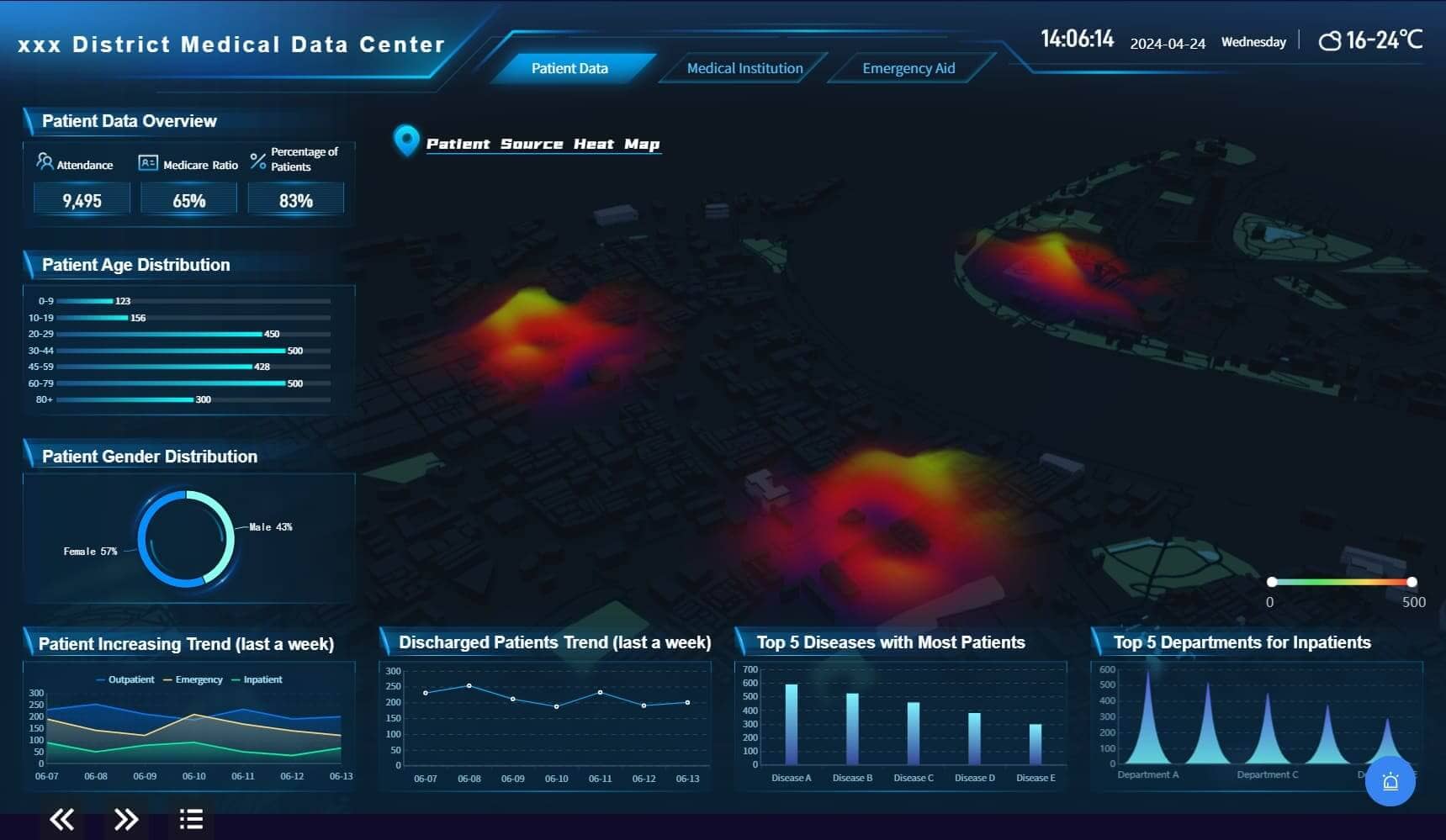
Example in Financial Services
In the financial services sector, seamless integration is crucial for enhancing both customer experience and operational efficiency. Imagine a bank where customer data flows effortlessly between various departments, such as loans, credit cards, and savings accounts. This level of integration enables you to deliver personalized services and respond quickly to customer inquiries. For instance, when a customer applies for a loan, the system automatically retrieves their financial history and credit score, significantly accelerating the approval process. By leveraging technology in this way, you create innovative solutions and open up growth opportunities. Successful strategic partnerships, such as those between Salesforce and Google Cloud, demonstrate the immense value achieved through seamless integration. This approach not only improves service delivery but also fosters trust and loyalty among customers, positioning your organization for long-term success.
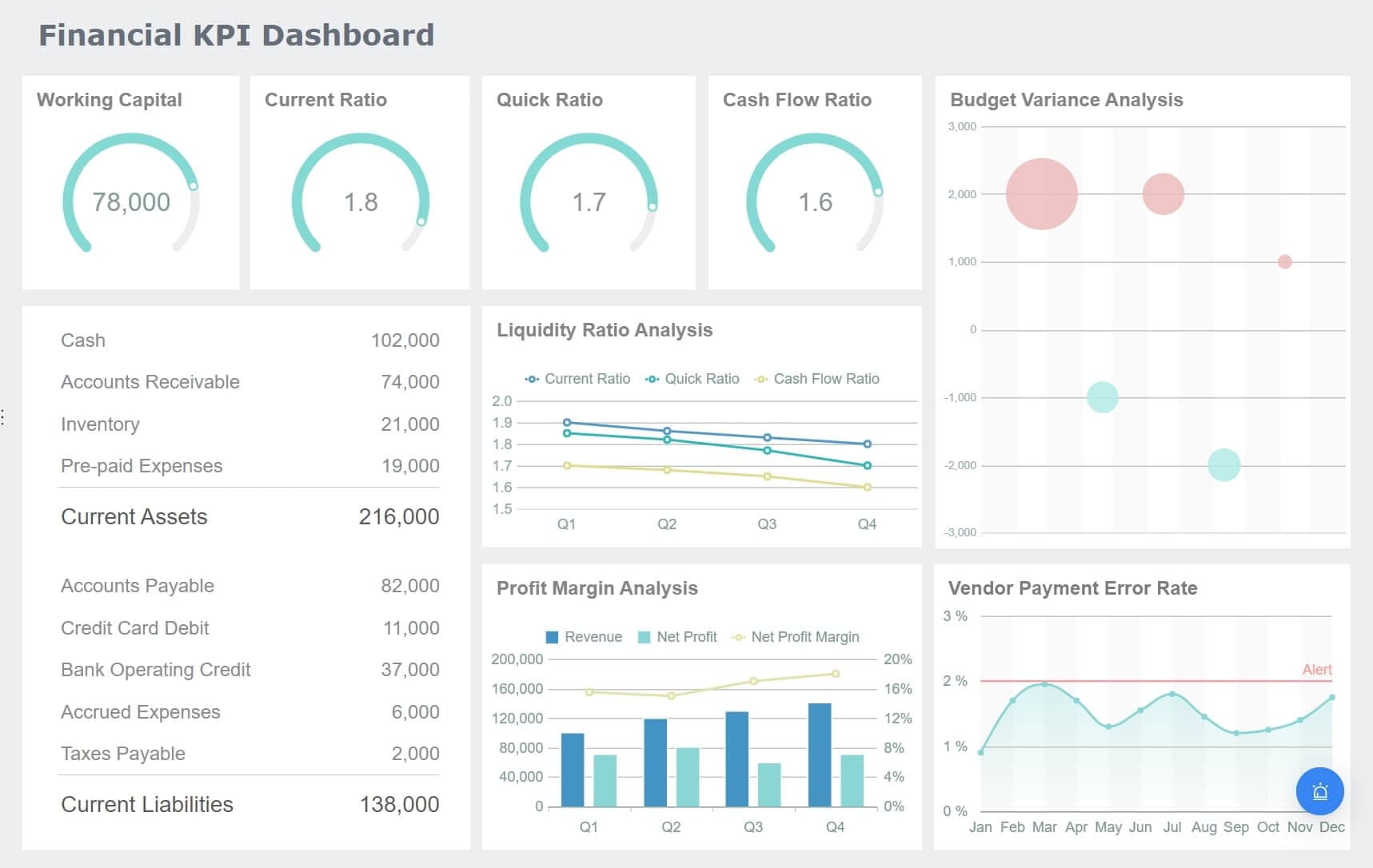
Challenges in Achieving Seamless Integration
Achieving seamless integration presents several challenges that you must navigate to ensure success. These challenges can be broadly categorized into technical and organizational aspects.
Technical Challenges
- Compatibility Issues: You often face compatibility issues when integrating different systems. Each system may have unique protocols, data formats, or architectures. Ensuring these systems communicate effectively requires careful planning and technical expertise.
- Data Security: Protecting data during integration is crucial. You must implement robust security measures to prevent unauthorized access and data breaches. This involves encrypting data, using secure APIs, and regularly updating security protocols.
- Scalability: As your business grows, the integrated systems must handle increased data loads and user demands. You need scalable solutions that can adapt to changing requirements without compromising performance.
Integrating systems to process data in real-time poses a challenge. You must ensure that data flows seamlessly between systems with minimal latency. This requires efficient data synchronization and processing capabilities.
As someone who has worked in the tech industry for over a decade, I understand the pain points of inefficient integration all too well. Technical challenges can hinder progress, but with the right strategies, you can overcome them.
Organizational Challenges
- Change Management: Implementing seamless integration often requires changes in workflows and processes. You must manage these changes effectively to minimize disruptions and resistance from employees.
- Resource Allocation: Integration projects demand significant resources, including time, money, and personnel. You need to allocate resources wisely to ensure the project stays on track and within budget.
- Skill Gaps: Your team may lack the necessary skills to implement and maintain integrated systems. Providing training and hiring skilled professionals can bridge this gap and ensure successful integration.
- Communication: Effective communication between departments is essential for seamless integration. You must foster collaboration and ensure that all stakeholders are aligned with the integration goals.
By addressing these challenges, you can pave the way for successful seamless integration. This will enhance efficiency, improve data flow, and support your strategic growth objectives.
Best Practices for Successful Seamless Integration
Planning and Strategy
To achieve seamless integration, you must start with a solid plan. Begin by identifying your integration goals. Determine what you want to achieve and how integration will benefit your operations. Next, assess your current systems and processes. Identify any gaps or areas that need improvement. This assessment helps you understand the scope of the integration project.
Create a detailed strategy that outlines each step of the integration process. Include timelines, resources, and responsibilities. A clear strategy ensures that everyone involved understands their role and the project's objectives. Regularly review and update your plan as needed. This flexibility allows you to adapt to changes and challenges that may arise during the integration process.
Choosing the Right Tools and Technologies
Selecting the right tools and technologies is crucial for successful integration. You need solutions that align with your business needs and technical requirements. Look for tools that offer scalability and flexibility. These features ensure that your systems can grow and adapt to future demands.
Consider automating integration processes whenever possible. Automation reduces manual work and minimizes errors. It also speeds up the integration process, allowing you to achieve results faster. Evaluate different technologies and choose those that support seamless communication between systems. Effective communication and collaboration are critical for successful integration.
Continuous Monitoring and Improvement
Once you implement integration, continuous monitoring becomes essential. Regularly check the performance of your integrated systems. Look for any issues or areas that need improvement. Monitoring helps you identify potential problems before they escalate.
Encourage feedback from users and stakeholders. Their insights can provide valuable information on how the integration is performing. Use this feedback to make necessary adjustments and improvements. Continuous improvement ensures that your systems remain efficient and effective over time.
By following these best practices, you can achieve seamless integration that enhances your operations and supports your strategic growth objectives.
Future Trends in Seamless Integration
Role of AI and Machine Learning
Artificial Intelligence (AI) and Machine Learning (ML) are revolutionizing the landscape of seamless integration, fundamentally changing how organizations streamline their processes. These advanced technologies automate tasks, analyze vast amounts of data, and generate valuable insights, allowing you to enhance operational efficiency. By leveraging AI, you can transform customer service by providing personalized experiences that significantly boost satisfaction. Additionally, AI's impact extends to cloud computing, facilitating automation and enhancing threat detection capabilities. Integrating AI and ML equips you with powerful tools that not only increase productivity but also streamline operations. This synergy enables you to make informed decisions swiftly, allowing your organization to adapt seamlessly to evolving business needs.
Increasing Importance of Cloud Solutions
Cloud solutions are becoming increasingly vital to the future of seamless integration. They offer unparalleled scalability and flexibility, allowing your organization to respond to growing demands with agility. With cloud-based systems, you can store and access data from any location, ensuring that your operations remain interconnected and efficient. The cloud supports real-time data processing, empowering you to react quickly to market changes and customer needs. As AI technology continues to advance, its integration with cloud computing will drive further digital transformation, leading to more personalized and efficient services. This powerful partnership highlights the critical role of cloud solutions in maintaining a competitive edge in a rapidly evolving business landscape. Embracing these trends will be essential for organizations aiming to thrive in the future.
FanRuan's Role in Seamless Integration
How FineDataLink Facilitates Seamless Integration
FineDataLink plays a pivotal role in achieving seamless integration by simplifying complex data integration tasks. You can leverage its low-code platform to synchronize data across various systems with minimal latency. This capability ensures that your data remains consistent and up-to-date, supporting real-time decision-making. FineDataLink supports over 100 common data sources, allowing you to integrate diverse data formats effortlessly.
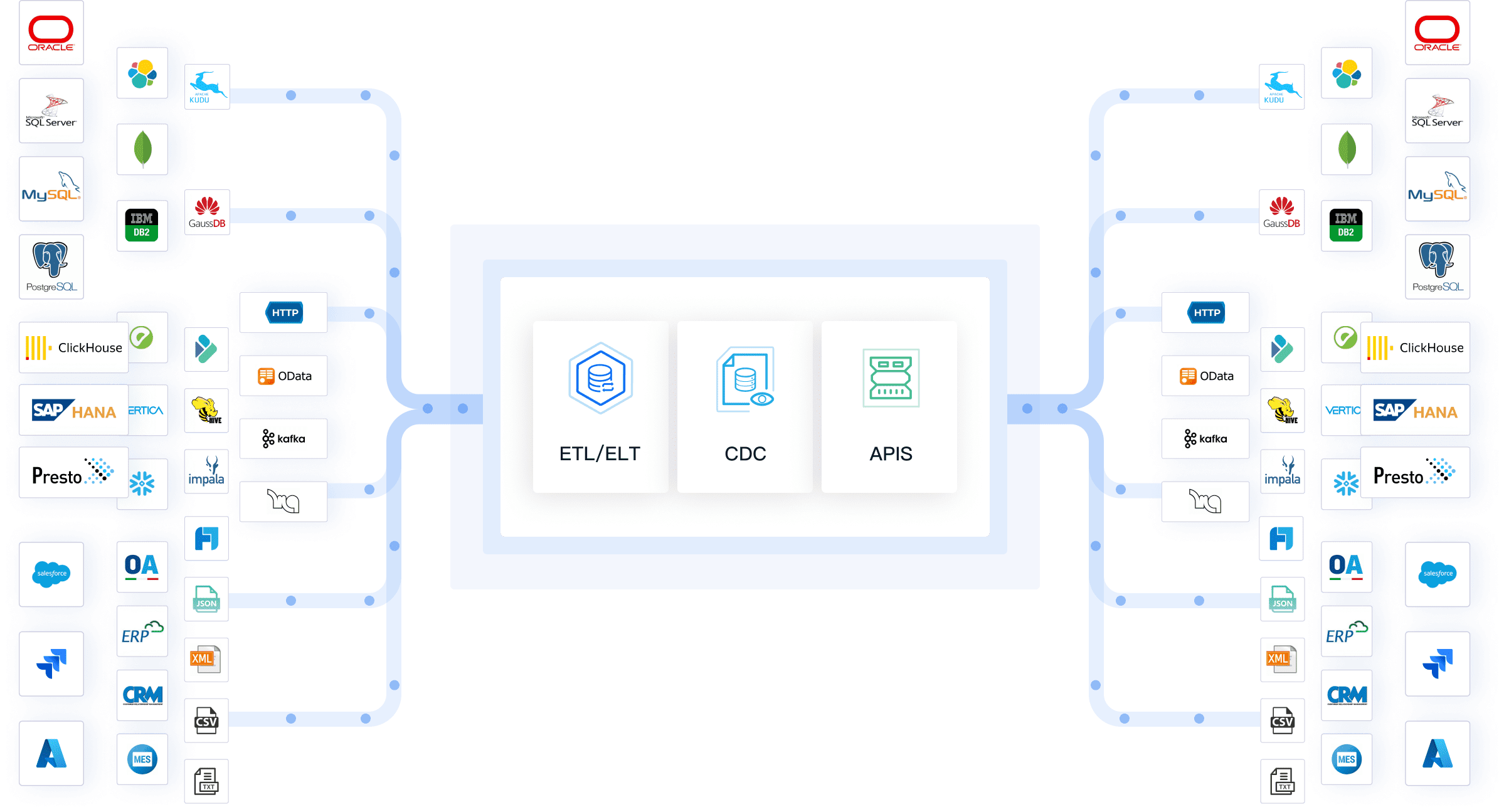
"FineDataLink enables flexible ETL and ELT data development for higher data quality."
With its drag-and-drop functionality, you can streamline data flows and automate workflows, reducing manual intervention. This automation not only saves time but also minimizes errors, enhancing overall efficiency. By using FineDataLink, you build an efficient and high-quality data layer for business intelligence, empowering your organization to make informed decisions and drive strategic growth.
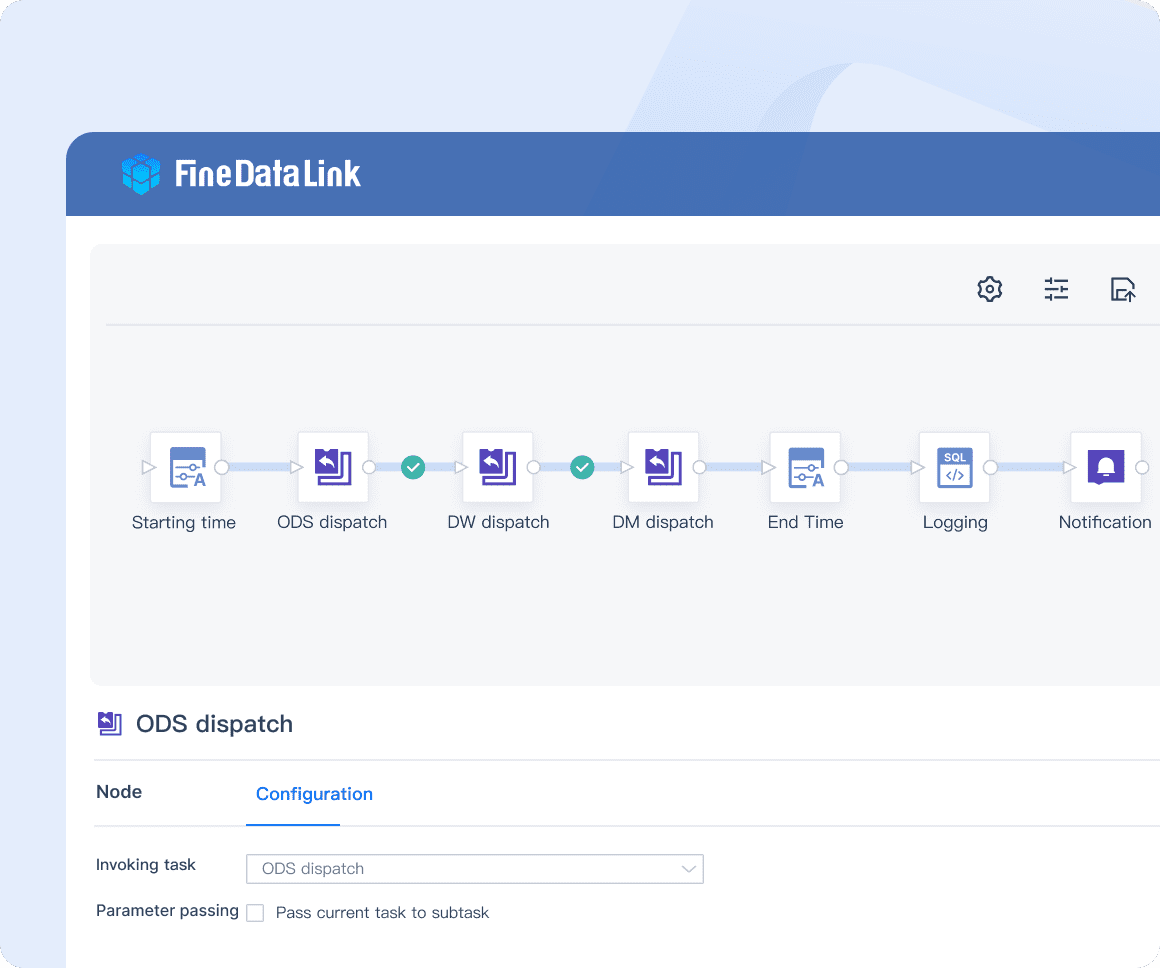
FineBI's Contribution to Data Analysis and Integration
FineBI complements FineDataLink by providing advanced analytics and data visualization capabilities. You can connect to various data sources, including big data platforms and relational databases, to gain insights into your operations. FineBI transforms raw data into actionable insights through its self-service analytics features, enabling you to track KPIs, identify trends, and predict future outcomes.
"Integrate with FineDataLink, enabling flexible ETL and ELT data development for higher data quality."
By integrating FineBI with FineDataLink, you create a cohesive platform that enhances data analysis and integration, supporting your strategic objectives and improving decision-making.
FAQ of Seamless Integration
What is seamless integration?
Seamless integration refers to the process of connecting different systems or components so they work together as one unified system. This integration ensures smooth transitions and efficient communication between systems, enhancing overall functionality and reducing errors.
Why is seamless integration important for businesses?
In today's fast-paced digital world, seamless integration is crucial for businesses aiming to streamline operations and improve customer experiences. It allows companies to adapt quickly to changing market conditions and customer needs without compatibility issues. By ensuring that all software and hardware systems work together efficiently, businesses can maximize productivity and maintain a competitive edge.
How does seamless integration enhance customer experience?
When systems integrate seamlessly, customers receive accurate and timely information, leading to a more efficient service. This integration allows businesses to respond quickly to customer inquiries and needs, enhancing satisfaction and loyalty. A unified platform provides a consistent and reliable experience, which is essential for building strong customer relationships.
What are the challenges in achieving seamless integration?
Achieving seamless integration presents several challenges, including compatibility issues, data security concerns, and scalability. Businesses must ensure that different systems communicate effectively and securely. Additionally, as businesses grow, integrated systems must handle increased data loads and user demands without compromising performance.
How can businesses overcome integration challenges?
To overcome integration challenges, businesses should start with a solid plan and strategy. Identifying integration goals and assessing current systems helps in understanding the scope of the project. Choosing the right tools and technologies that align with business needs is crucial. Continuous monitoring and improvement ensure that systems remain efficient and effective over time.
What role do AI and machine learning play in seamless integration?
AI and machine learning transform seamless integration by automating processes and analyzing vast amounts of data. These technologies provide valuable insights and enhance decision-making capabilities. By integrating AI and ML, businesses gain advanced tools that increase productivity and streamline operations, allowing them to adapt to changing business needs swiftly.
Cloud solutions offer scalability and flexibility, allowing businesses to store and access data from anywhere. They support real-time data processing, enabling swift responses to market changes. The integration of AI with cloud solutions contribute further enhances digital transformation, providing personalized and efficient services.
Seamless integration plays a vital role in ensuring your business operates smoothly and efficiently. By integrating systems, you enhance productivity and improve customer experiences. Key components like hardware, software, and data integration work together to create a unified system. Implementing best practices, such as planning and choosing the right tools, ensures successful integration. Consider how seamless integration can benefit your operations. It offers flexibility and adaptability, allowing you to stay competitive in today's fast-paced digital world. Embrace seamless integration to streamline your processes and drive growth.
Continue Reading About Data Integration
Essential Data Integration: A Beginner's Guide
Top Data Integration Tools: 2025 Guide
Top 10 Data Integration Software for 2025
What is API Data Integration? API vs Data Integration
Best Data Integration Platforms to Use in 2025
Enterprise Data Integration: A Comprehensive Guide
Top 7 Data Integration Patterns for Modern Enterprises
Steps to Become a Data Integration Specialist
Exploring SAP Data Integration Tools and Their Functions
Implementing Data Integration Best Practices for Effective Outcomes

The Author
Howard
Data Management Engineer & Data Research Expert at FanRuan
Related Articles

10 Best Enterprise ETL Tools for Data Integration
Compare the 10 best enterprise ETL tools for data integration in 2025 to streamline workflows, boost analytics, and support scalable business growth.
Howard
Oct 02, 2025

What is Real Time Data Integration and Why It Matters
Real time data integration connects systems for instant, accurate data access, enabling faster decisions, improved efficiency, and better customer experiences.
Howard
Sep 24, 2025

What Is Salesforce Data Integration and Why It Matters
Salesforce data integration connects Salesforce with other systems, unifying data for accurate reporting, automation, and better business decisions.
Howard
Sep 24, 2025
